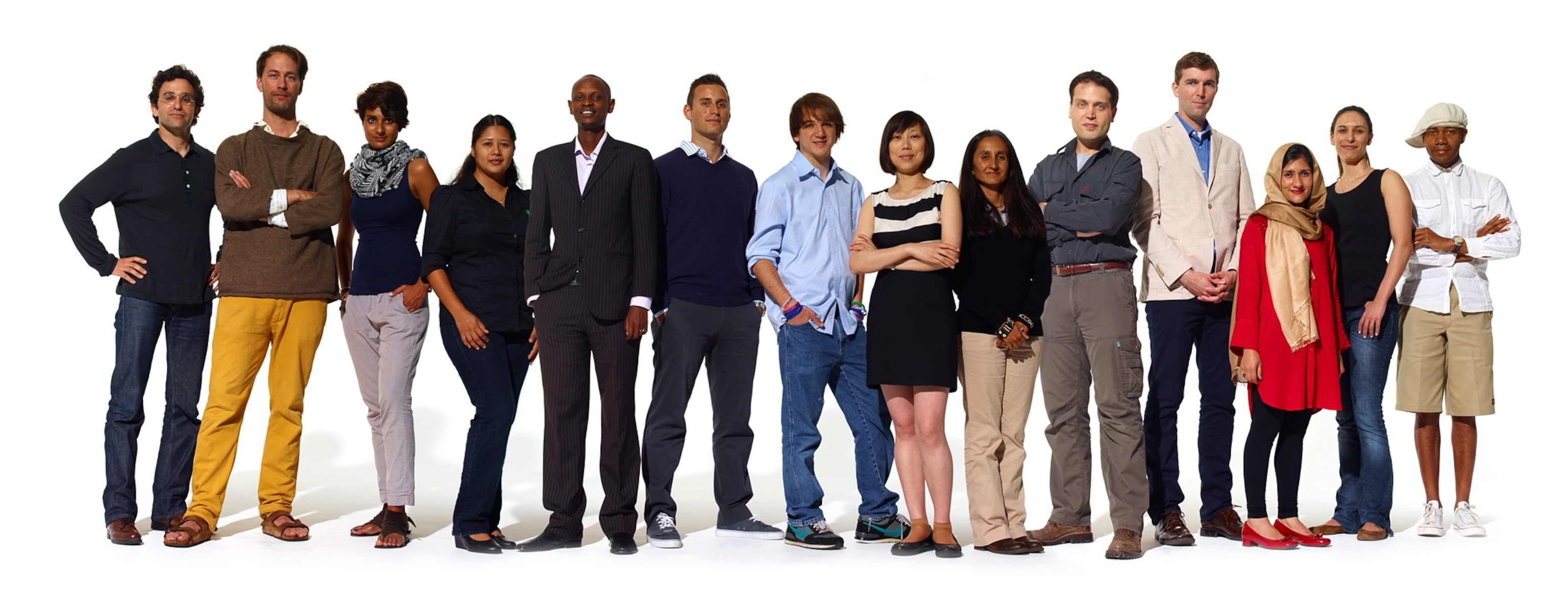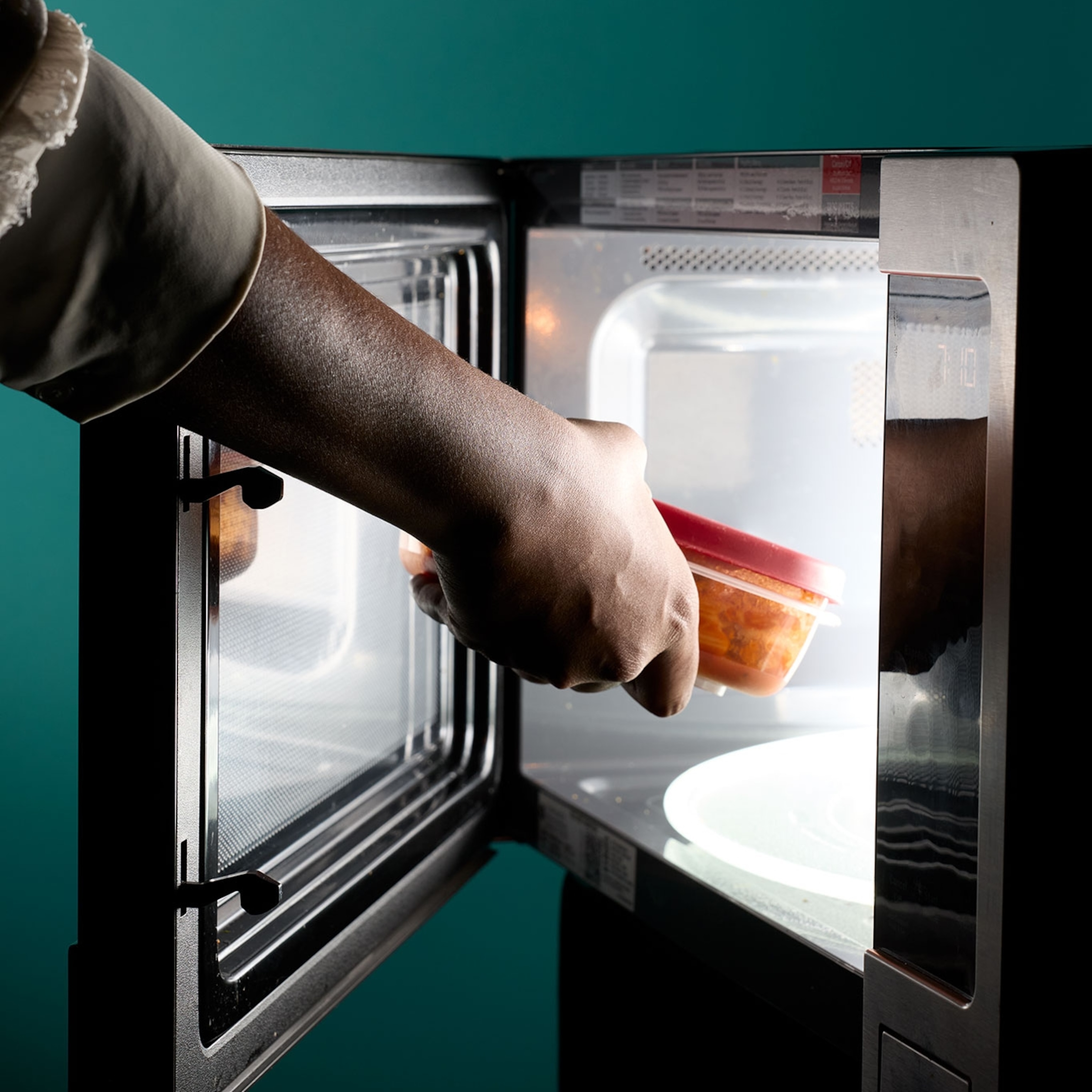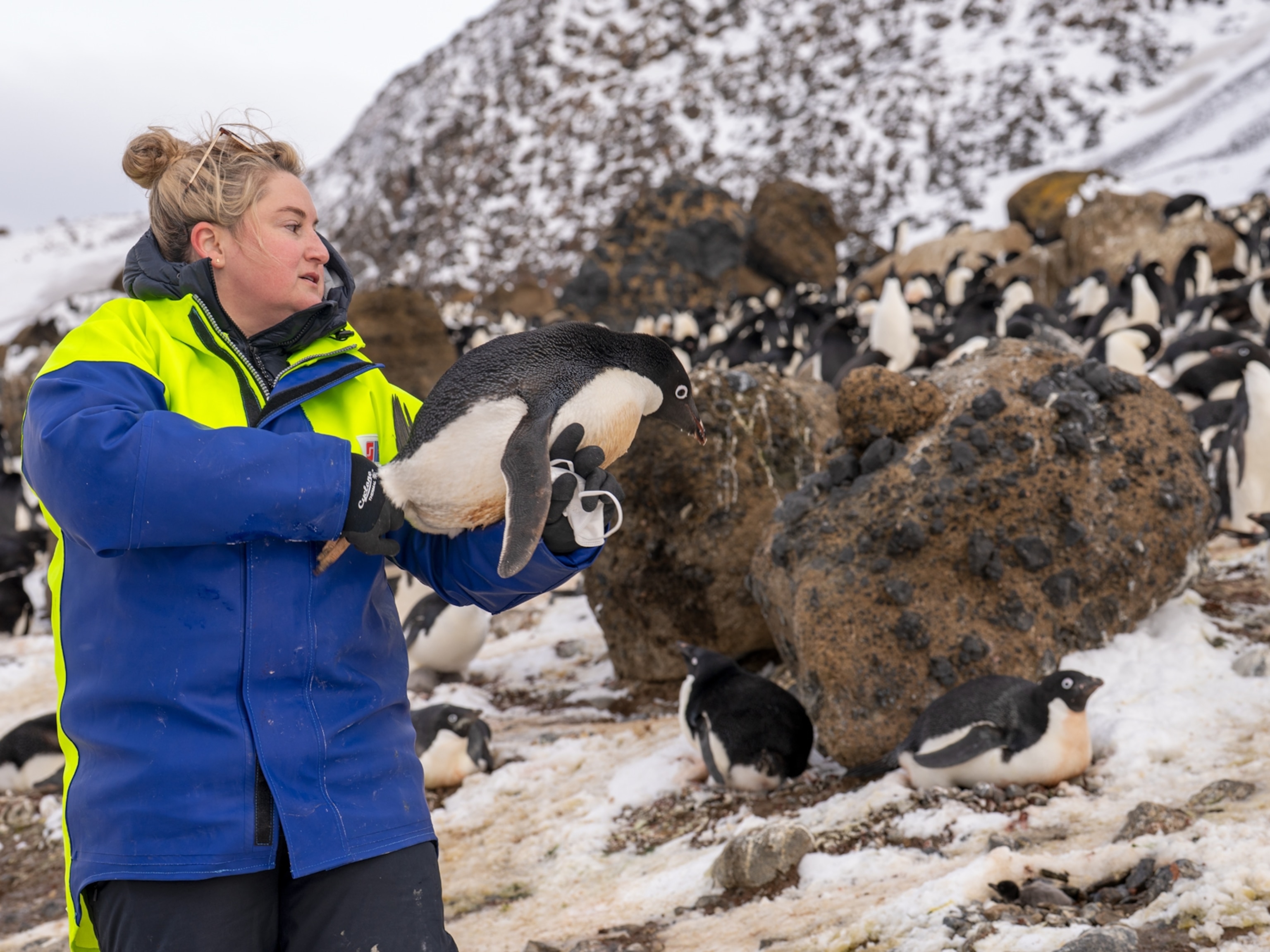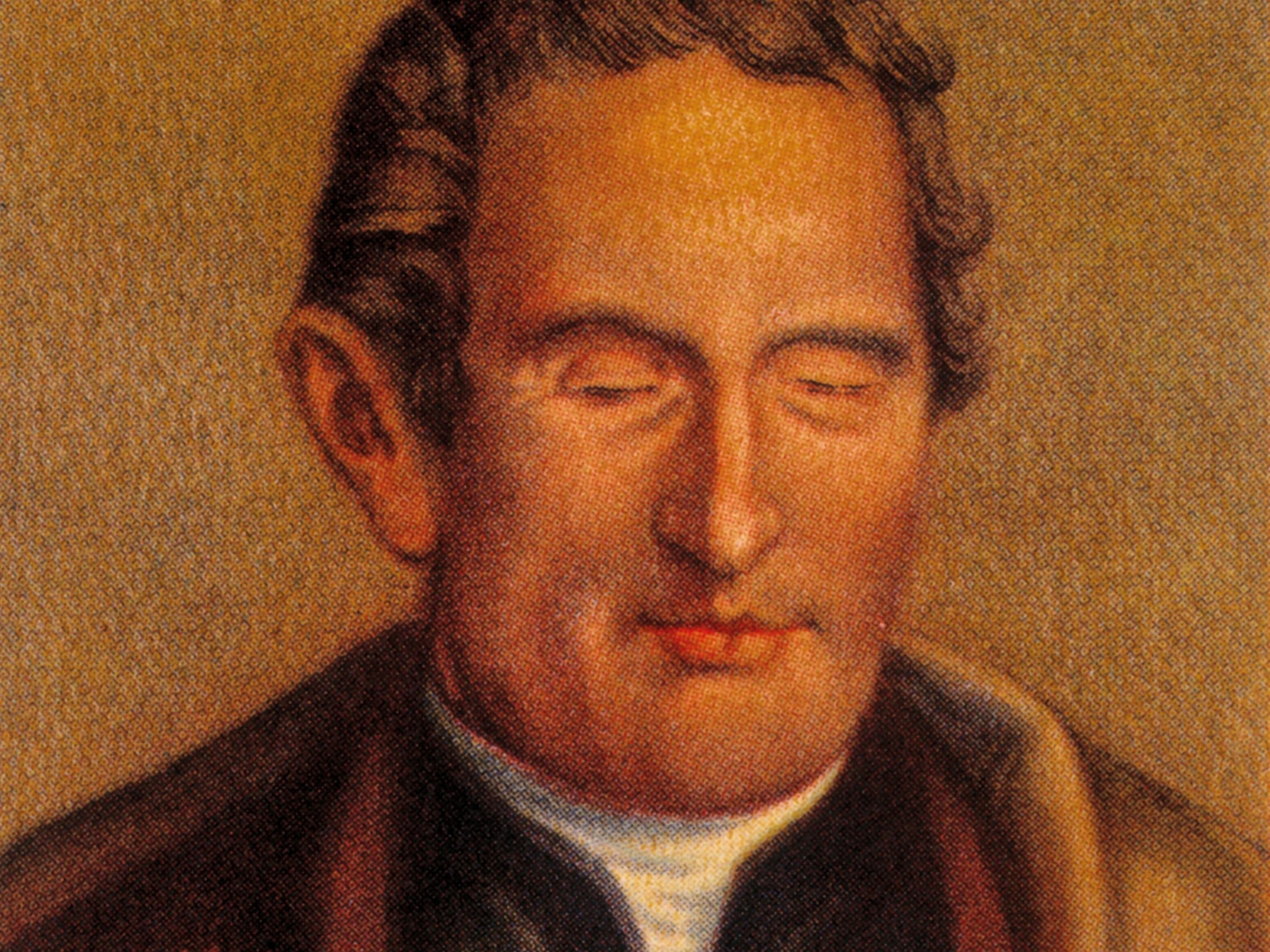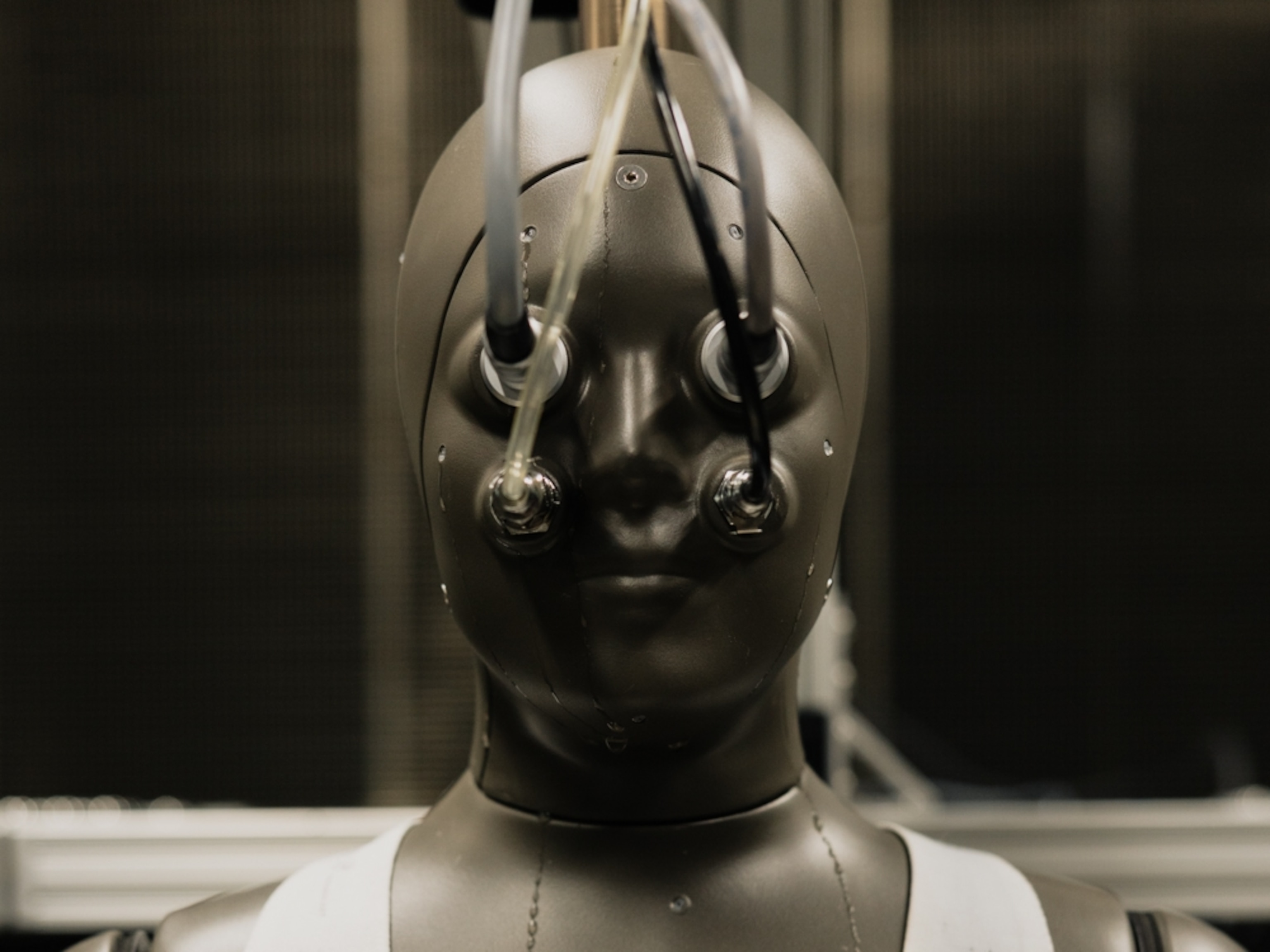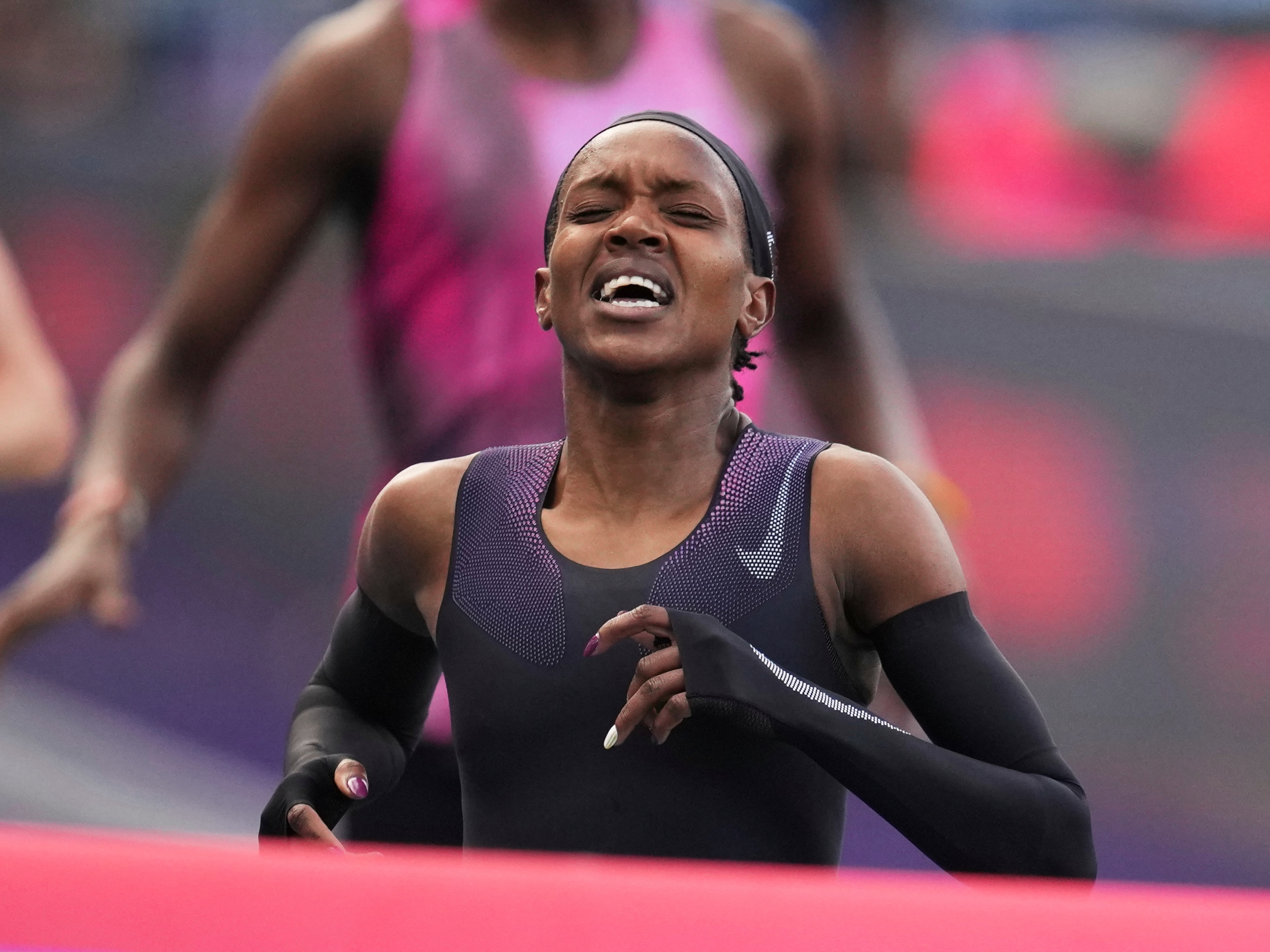Teen Inventor Sets His Sights on New Tests for Cancer, Pollution
Emerging Explorer Jack Andraka doesn't plan to stop with his prize-winning test for pancreatic cancer.
Editor's Note: Jack Andraka is one of National Geographic's 2014 Emerging Explorers, a program that honors tomorrow's visionaries—those making discoveries, making a difference, and inspiring people to care about the planet.
Jack Andraka's invention was amazing: a new tool for detecting pancreatic, lung, and ovarian cancer. And what's even more surprising is that he invented it at the age of 15.
Andraka was the grand prize recipient of the 2012 Intel International Science and Engineering Fair, and has won many other awards for his scientific work. Now, the Maryland teen speaks at universities and conferences worldwide, and advocates for public access to federally funded scientific research.
Normally, a world-famous researcher whose invention may revolutionize cancer detection would not be asked, "What do you want to be when you grow up?" At 17, Jack Andraka is an exception.
Andraka says he wants to continue doing research, and will attend Stanford University next fall.
When he was just 13, pancreatic cancer claimed the life of a close family friend, prompting Andraka to begin researching the disease. He learned that the test being used for pancreatic cancer was 60 years old and largely inaccurate. With no early screening method available, patients often don't learn they have the cancer until symptoms appear. At that point, survival rates are just 2 percent.
Shocked by the grim statistics, Andraka was determined to change them. His solution was a precise, low-cost way to detect pancreatic, lung, and ovarian cancers at very early stages during routine physical exams.
Andraka's preliminary results suggested that his sensor could be 90 percent accurate, 168 times faster, and 400 times more sensitive than current methods. The test costs three cents, takes five minutes to run, and—by detecting cancer at an early, treatable stage—could give patients a better chance of survival.
The invention's impressive potential won Andraka the science fair's $75,000 grand prize, but the road to the win was hard. First, he needed to find a molecule associated with pancreatic cancer—a biomarker—for his test to target. "I found an online database of 8,000 proteins associated with pancreatic cancer and started searching for a biomarker," he recalls.
On his 4,000th try, Andraka hit mesothelin, which is present in the bloodstream at high levels in the early stages of the disease. Now he knew which protein to detect—but how?
An unrelated paper on carbon nanotubes intrigued him. The long carbon cylinders are one fifty-thousandth the diameter of a human hair, are stronger than steel, and conduct electricity better than copper. Meanwhile, his biology class was discussing antibodies—molecules that bind to one specific protein.
Andraka put the two ideas together, predicting that he could interweave antibodies sensitive to mesothelin into a network of carbon nanotubes. High levels of the protein in a drop of blood from someone with pancreatic cancer would attach to the antibodies and cause them to enlarge, thus changing the network's electrical charge and signaling the cancer's presence.
Building and testing his idea would require professional lab space, so Andraka developed a budget, materials list, time line, and procedure and sent it to 200 researchers. After 199 rejections, one lab director at the Johns Hopkins School of Medicine said yes.
There, Andraka created his device using a small dipstick probe, strips of filter paper, and a basic instrument for measuring electrical resistance that he bought at a hardware store. He now holds an international patent on the device.
While real-world applications are still uncertain, Andraka believes the same detection method could be applied to virtually any disease. "By changing the antibody, this sensor could detect biomarkers for Alzheimer's, heart disease, HIV/AIDS, malaria, and other cancers," he forecasts. "I couldn't save my friend who died of pancreatic cancer, but I hope I've discovered something that means other families won't have to face similar struggles."
Now Andraka has set his sights on developing breakthrough biosensors for health care and biology. Andraka is focusing on tuberculosis diagnostics and environmental screens.
"My vision is a paper strip that would be dipped in water and change color to detect heavy metals, pesticides, or other toxins," he says. "A smartphone would take a picture of the strip, analyze it, and instantly correlate the amount of color change with how much contaminant is present. I love the outdoors and was on the National Junior Wildwater Kayak team, so problems like water pollution and air quality really interest me."
Andraka also works with the Right to Research Coalition, advocating for legislation to allow free and open public access to all U.S. federally funded scientific research.
"Currently, you have to pay for most journal articles," he notes. "These paywalls are a real hurdle if you're young or disadvantaged. A brilliant discovery may be out there in the brain of someone with inadequate resources. Open access will tap ideas from 5.5 billion people who have previously been cut off."
He believes fundamental changes are also needed in the way schools teach science. "You can't engage kids with a textbook. You have to get your hands dirty and learn science by doing it," he says.
"I was 15, had no clue what a pancreas was, and knew nothing about cancer," Andraka says. "But I also had no preconceived notions and was ready to try anything. I made a discovery with a laptop, a smartphone, and some online searches. My big message to kids is, 'Why not you? Why can't you come up with the next great innovation or cure?'"
